Today's training started with bear awareness. We learned that most bears will leave the area before people even know they are there. We also learned the major differences between black bears and grizzlies. Black bears evolved in the forest so they tend to flee into the trees when they feel threatened. Grizzlies evolved in open areas so they tend to aggressively defend their personal space - especially if it's a sow (mom) with cubs. We don't expect to see polar bears at our inland site.
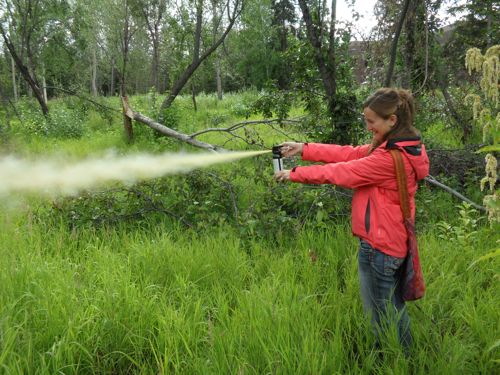
The instructor told us to make noise as we hike so bears aren't surprised by us. If we see a bear that hasn't seen us, we should slowly back away. If it sees us, we should look big and talk low as we slowly back away. If the bear is coming toward us, we should figure out if it is being defensive, in which case we should stand our ground but then if it makes contact, lay face down on the ground. If it is being predatory, we should fight back like crazy!
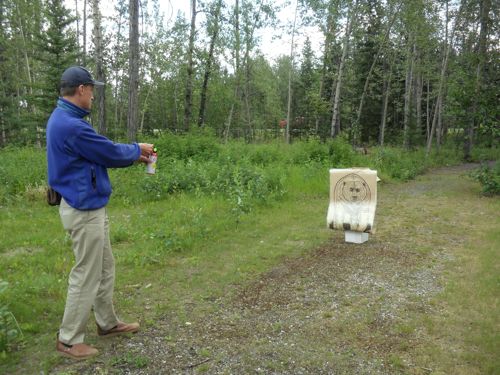
The best way to stay safe in bear country is to avoid a bear encounter in the first place. The best way to do that is to make noise while you hike and not cook where you sleep. Don't have any smelly things such as deodorant, toothpaste or any food in your tent. Cook far away from where you sleep and hang your food up in a tree.
In case you DO end up having trouble, we learned how to use bear spray. It's a pepper-based spray which shoots about 20 feet. It has apparently been successful in stopping a bear's approach about 90 percent of the time it's used.
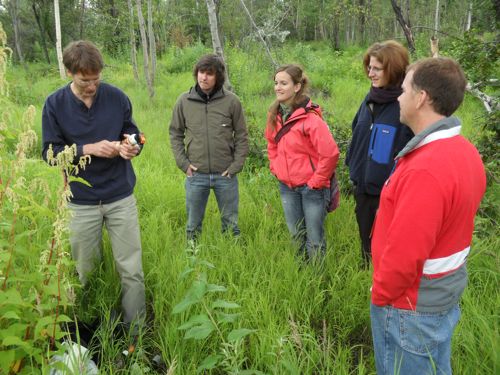
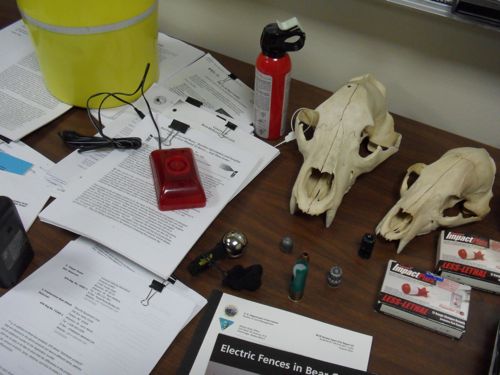
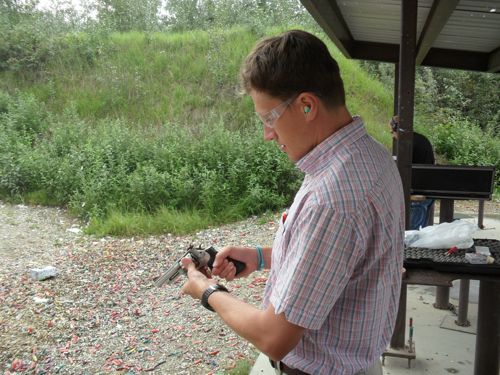
If case that doesn't work, we were trained to use shotguns. According to our instructor, guns are only successful in stopping a bear attack about 40 percent of the time. We all hope we don't have to kill a bear, but it is important that we know how to safely use guns if they are in camp. My shoulder is sore after firing the shot gun! Now that we have completed all of our training, we can finally focus on some archaeology. I leave in the morning for Kotzebue on the northwest coast where I'll meet John Erlich. After a few days, we'll fly from there to the Red Dog Mine and then on to our dig site.


Comments